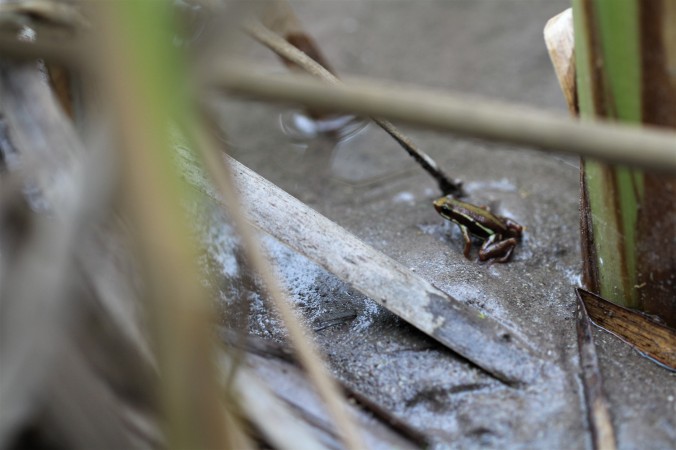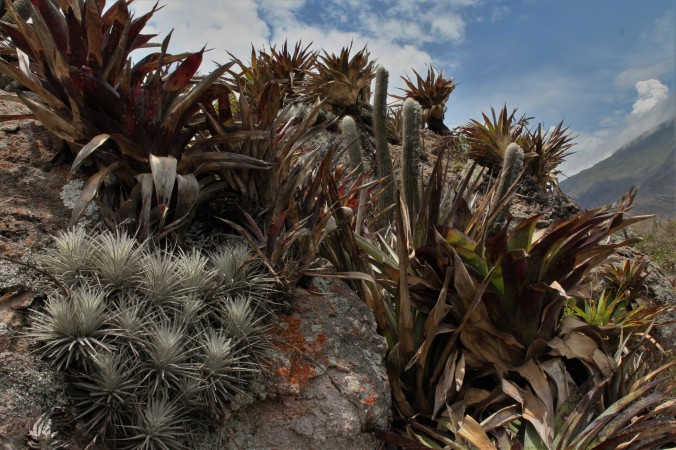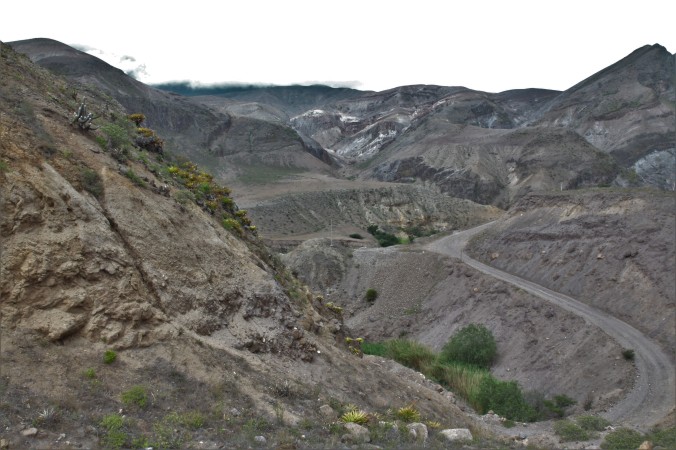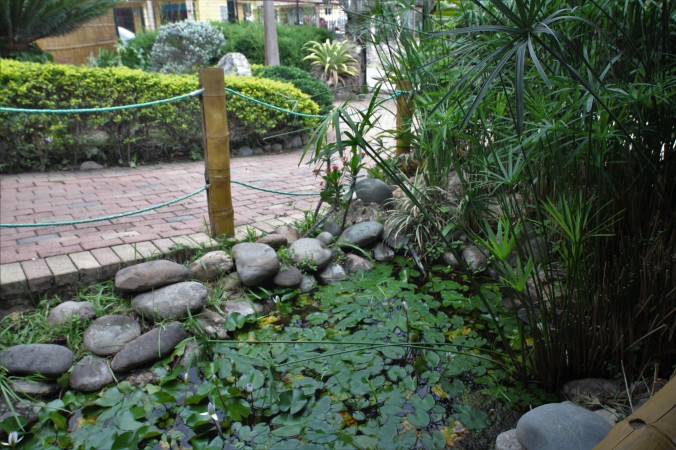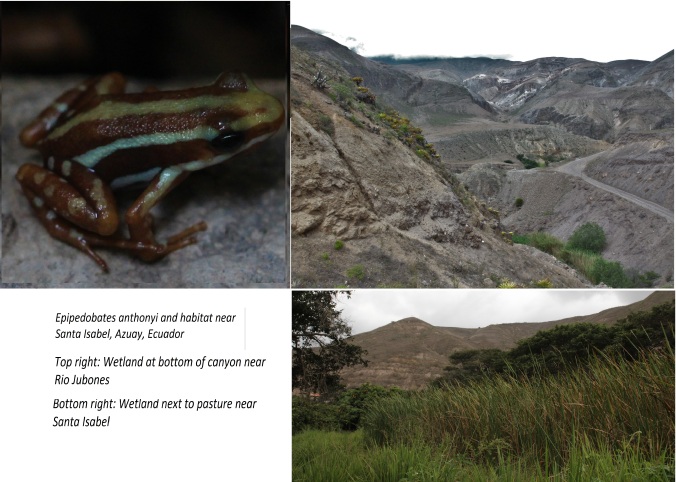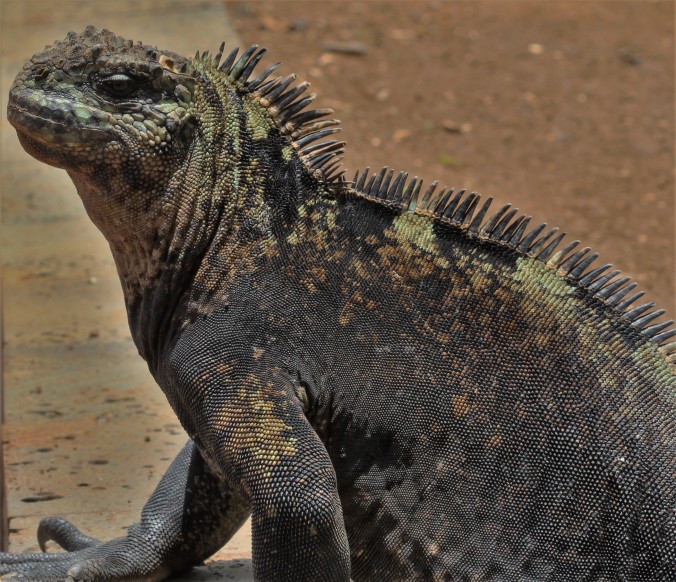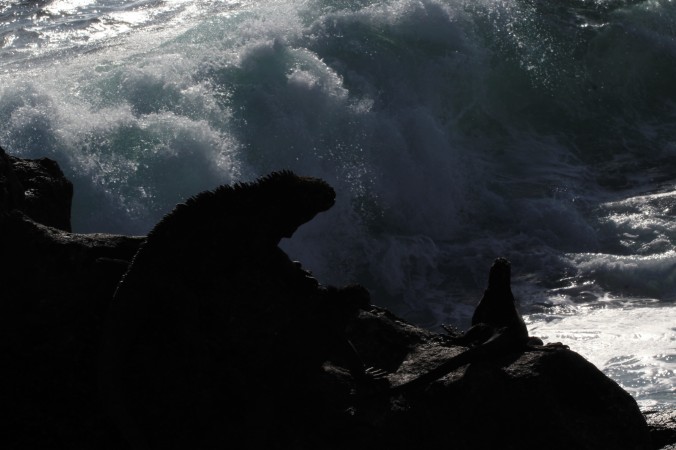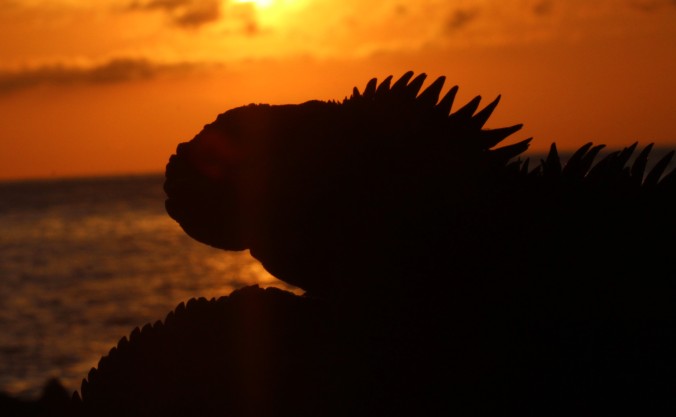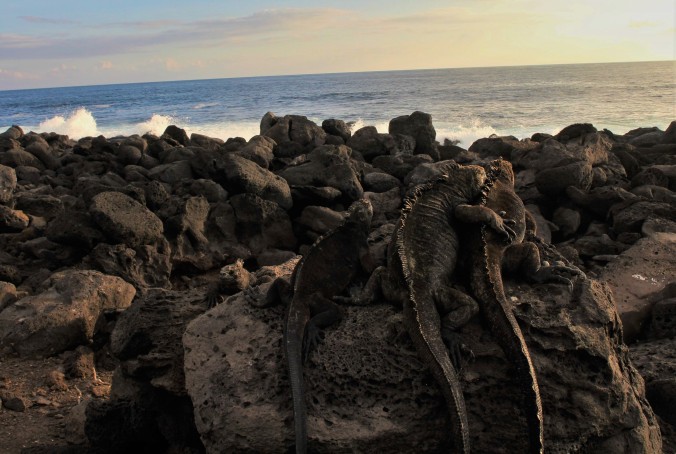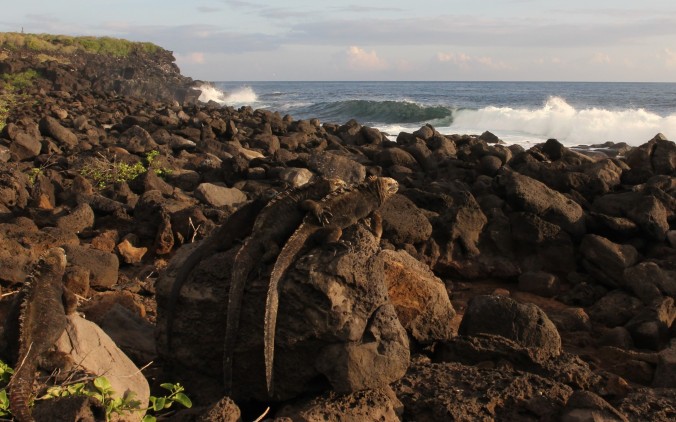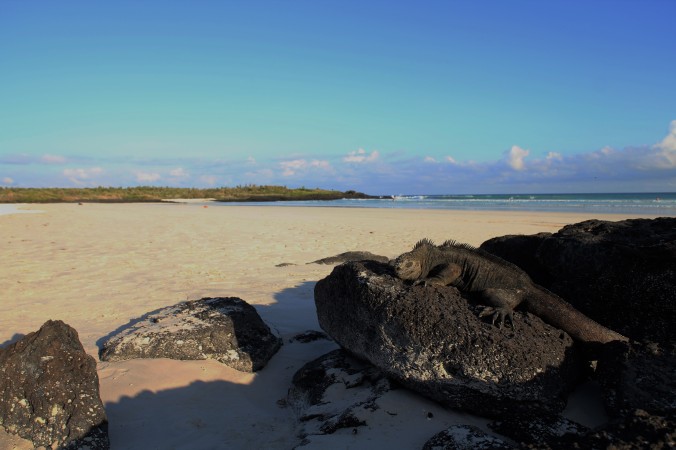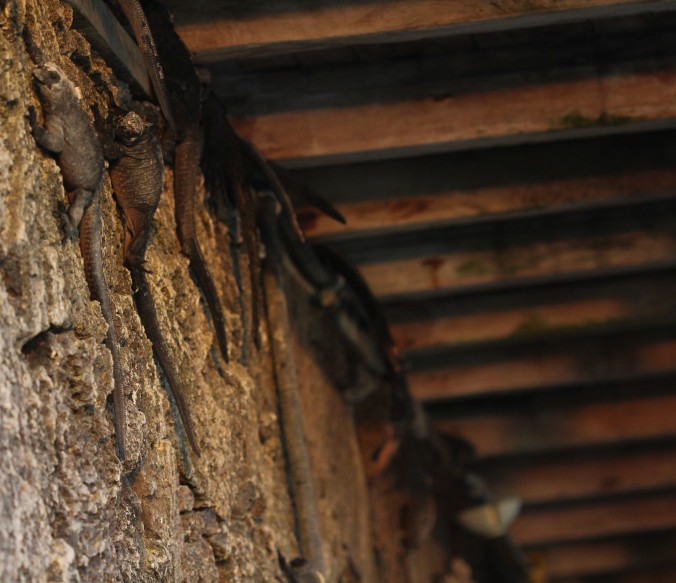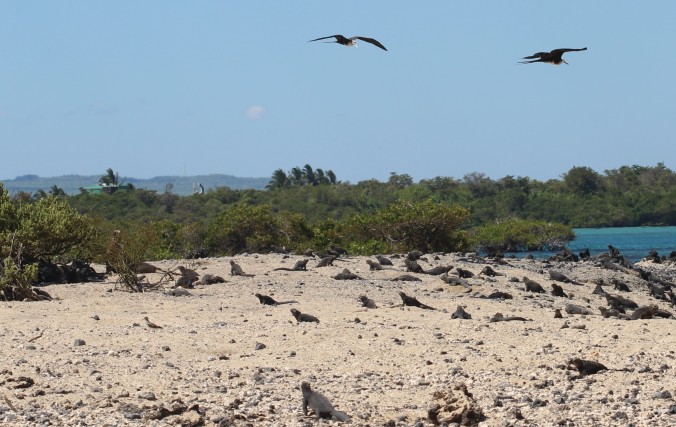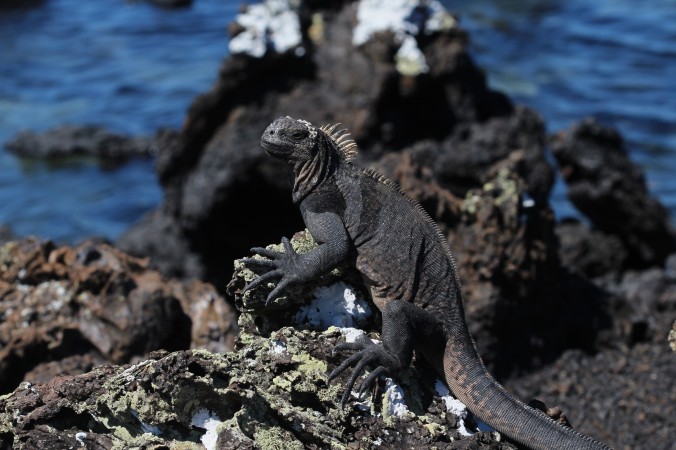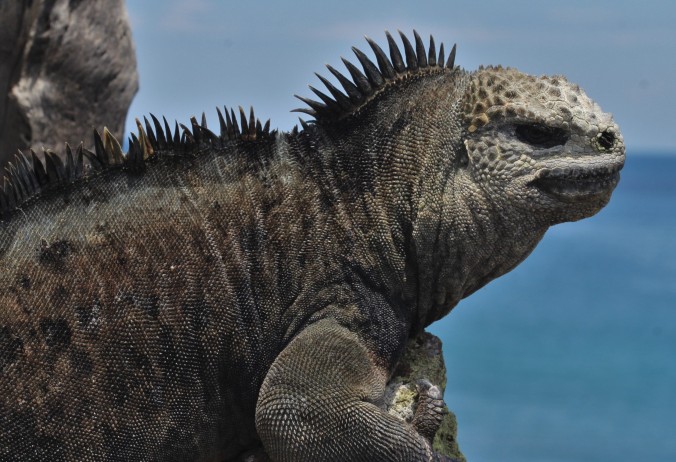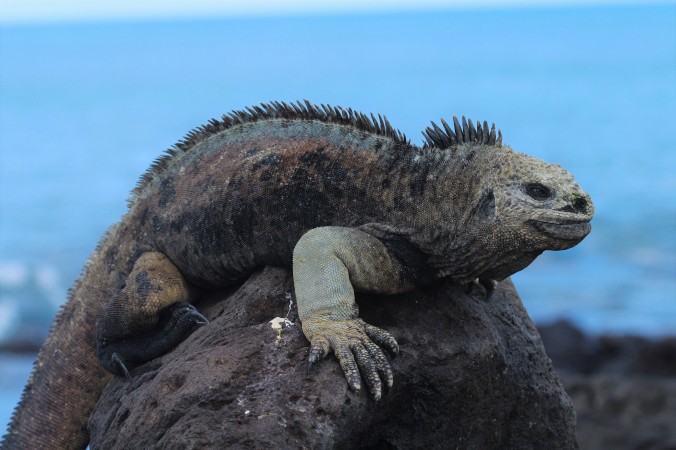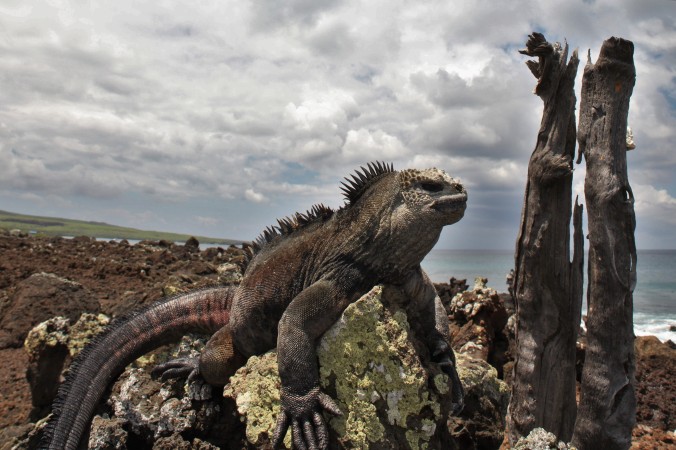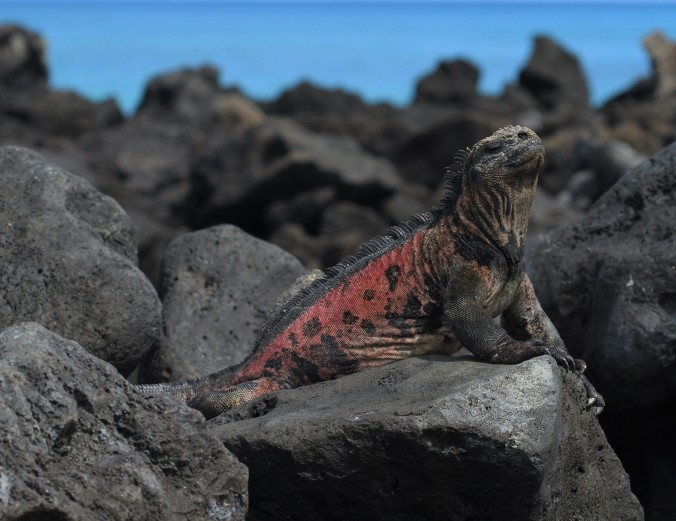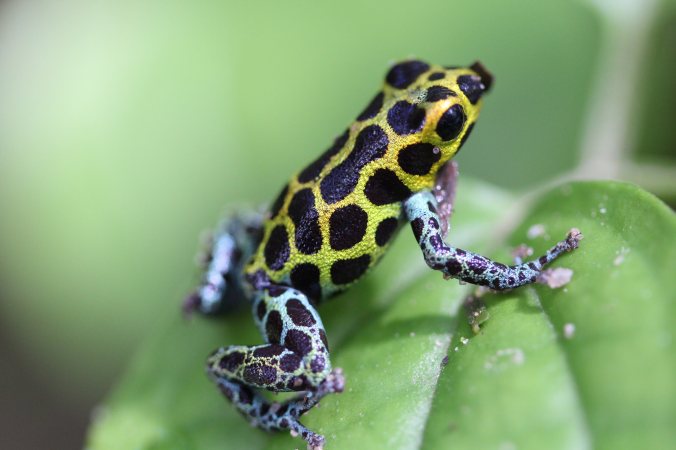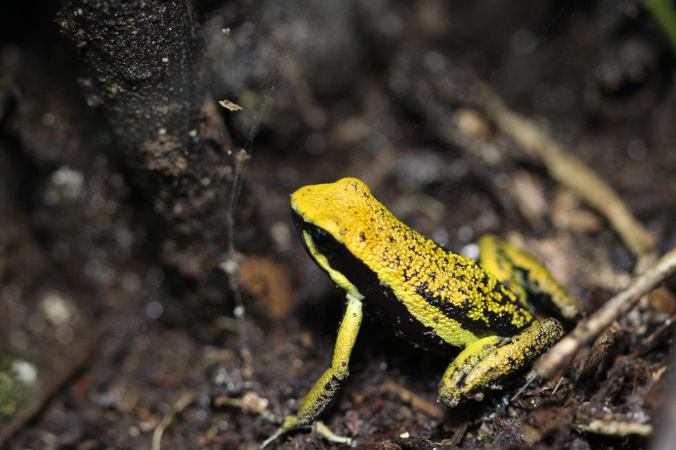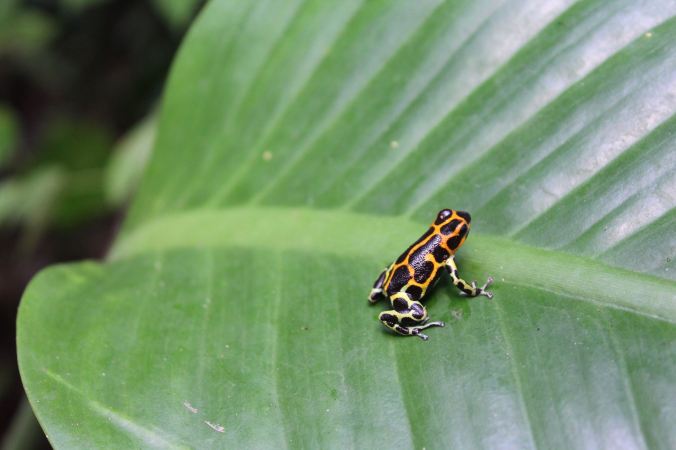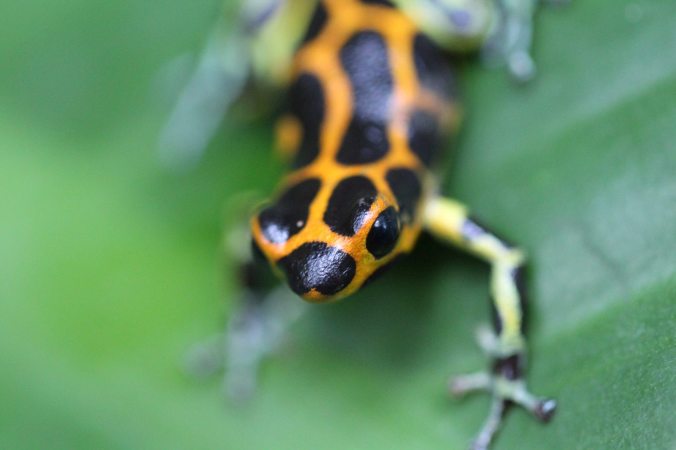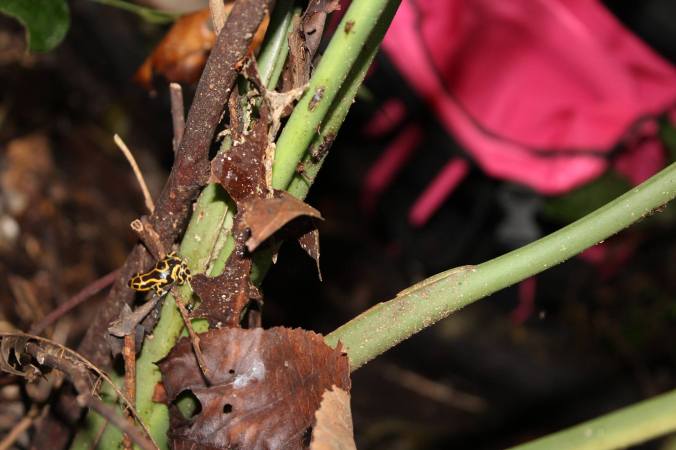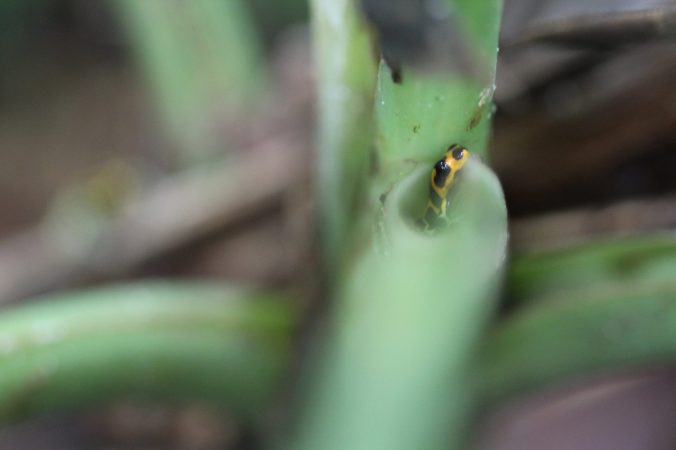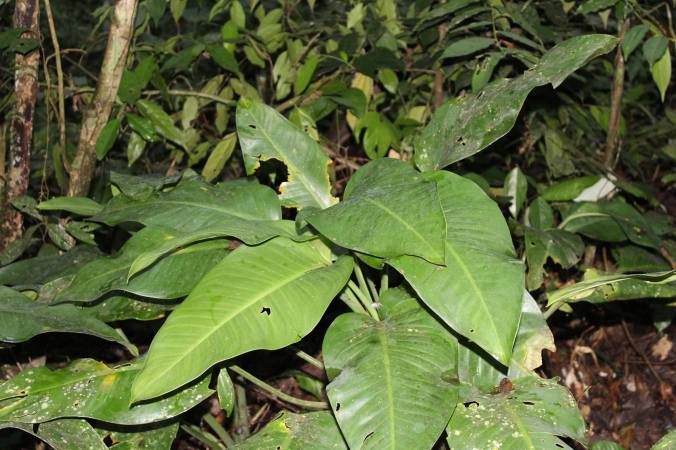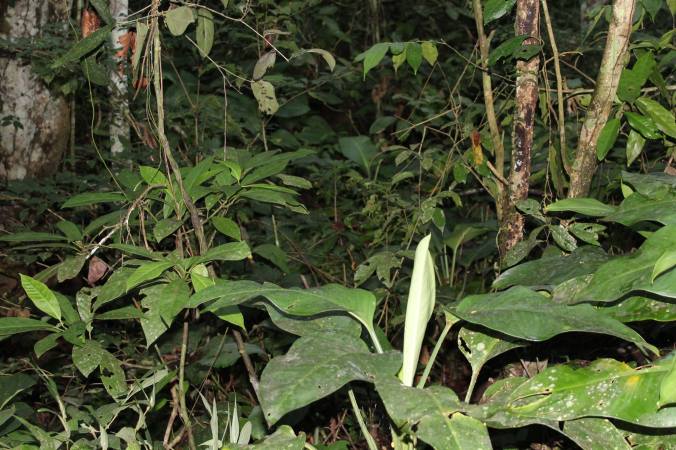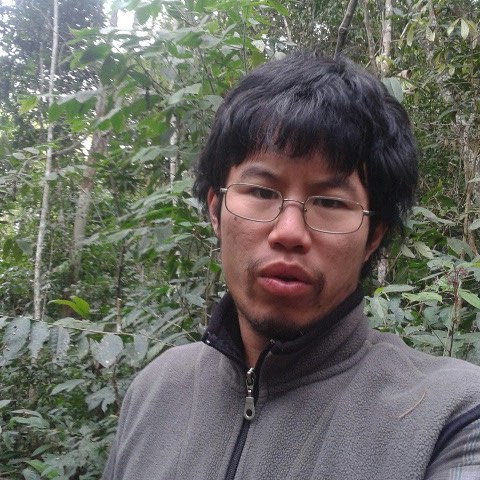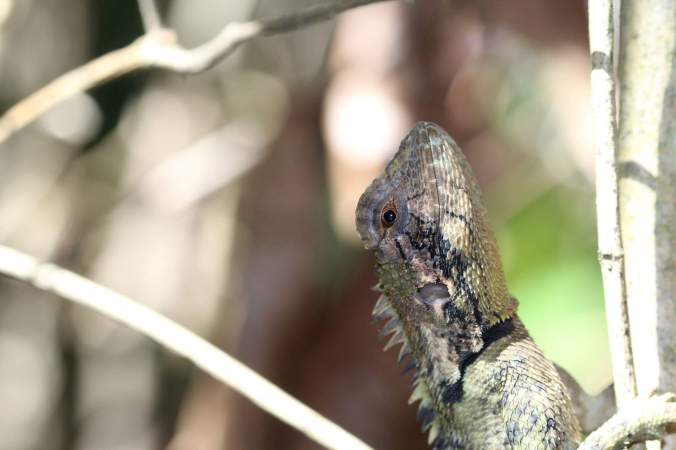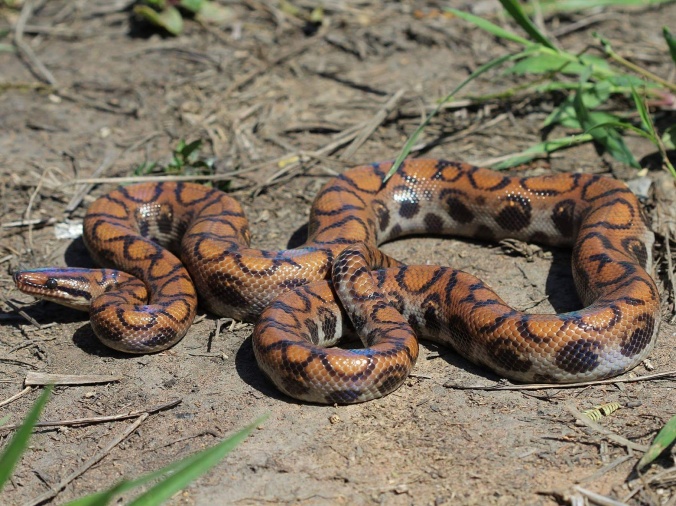Shooting with the Laowa 15mm macro
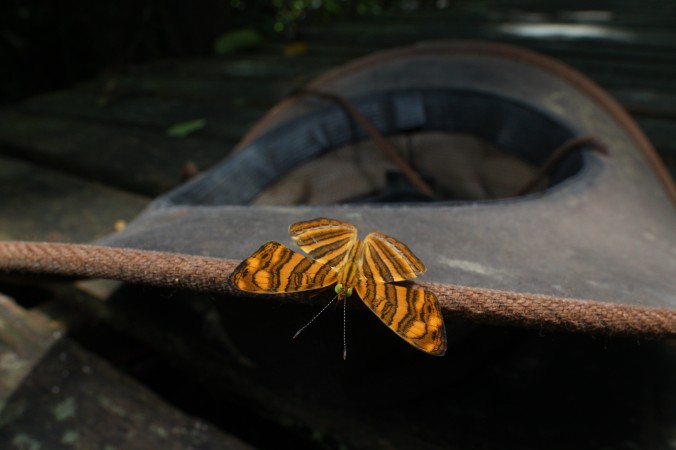
Chersina sp. likes my hat after a morning of hiking and photography. 1/30 ISO 400 F29 Laowa twin flash with DIY diffuser
I’ve had one of these lenses for nearly a year, and have been playing with it extensively. While I would consider myself a beginning photographer(it kind of began with this lens!) I hope my experiences will help people interested in wide angle macro, and this lens in particular. While it is a difficult lens to learn to use, I find the perspective and the context it gives to pictures well worth it!
Nailing focus
This lens is fairly frustrating as it is manual focus and aperture. At near macro distance, focus is fairly unforgiving, even at the smallest aperture. I have found that with this lens looking through your viewfinder is difficult at best. Maybe some of you have sharper eyes than I do, but I find that at best half my shots would be crispy focus. If the subject is large and takes up most of the viewfinder, you can get away with this.
Live view is a life saver. For those who have focus peaking, this will take all the guesswork out of focusing. For those of us who don’t, zooming in on the subject will help. I usually check composition, focus coarsely, and then zoom in on the viewfinder to fix the focus. If you are considering getting a body to fit this lens, a flippable LCD screen will make using this lens much easier. I don’t have one on my camera(EOS Rebel T5) and wish for one every time I shoot. I did find a little mirror to put over my viewfinder, but it is hardly a solution in the outdoors where light is bad.
Aperture decisions
This lens has a nice wide aperture range. Unfortunately, the aperture scrolls continuously, and I find it can be bumped out of place.
I find myself using most frequently apertures between about 11 to the max of 29. Lower apertures in my opinion don’t take advantage of the big advantage of wide angle macro, being able to show your subjects in their environment. In some instances with a far background or something like a thicket, you may want it blurred enough to not be distracting. It is not possible to get tack sharp foreground and background at near macro distances and that is a good thing usually, as the blur helps draw attention back to your subject.
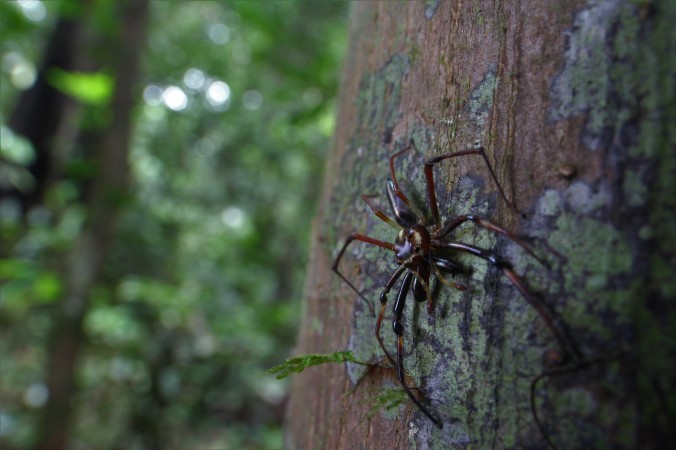
1/4 ISO800 F11-15 Laowa twin flash. I’m not sure whether I like this shot. Closing down the aperture a tad more would have brought slightly more definition to the background, but with risk of underexposing it. Here the side of the filter is braced against the tree, shooting towards a sunfleck in a dark section of rainforest.
Shooting with this lens outside.
So you’re walking around in nature, and you’ve found something you’d like to shoot, how do you actually go about it?
I’ve found that live view is the best. Turn on live view, and open up the aperture until you can see clearly. Usually this is all the way open. Compose the shot, zoom in, fine focus, and then roll the aperture down to where you want it and shoot! If your viewfinder/live view gets white below say F7, you may want to drop the ISO(or drastically increase shutter speed). In my experience this is a pretty good warning the shot will be overexposed at even the smallest aperture. Just pay attention as you shoot and you will see how your lens/body behave.
In my experience, you can handhold this lens at pretty slow shutter speeds, due to its short focal length. With still subjects, I generally try 1/15-1/25. If I can brace against something(you can even push the side of the lens against things), I’ve found I can go as low as 1/5. I think a monopod that could adjust height quickly would be a great companion for this lens. Faster speeds can be used of course, but at the risk of being unable to expose the background.
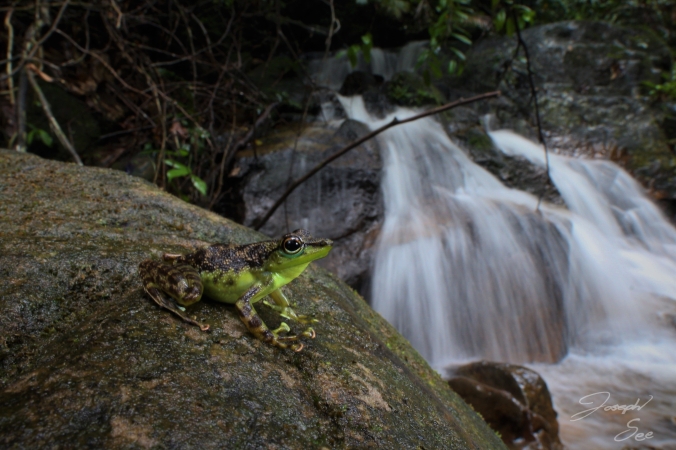
Spotted rock skipper frog.
1/5 ISO800 F20. Resting the lens against the rock(after catching what would be an otherwise uncooperative subject) allowed me to take these photos despite it being a dark rainy day. The slow speed also nicely blurs the waterfall.
I’ve found the best results come from situations where the foreground is dark and the background is brighter. If you are interested in capturing detail in the background, a dark background will black out if your aperture is too small, or simply be indistinct bokeh.
1/20 ISO 800 F18
Two shots of Doria’s angle headed lizard. The first is shooting into the gloom of the understory. The second shot is in the same general area(different lizard), but morning light adds a bit more interest to the background.
For example. If you are shooting a creature in a forest, and you have a choice between composing the shot facing towards a dark ravine, or a sunfleck where light is coming gently through the trees, I’d try to point towards the sunfleck. If the background is overexposed, you can always up the power of your flashes to make the foreground match.
Some creatures refuse to cooperate and will continue going about their business of crawling too and fro as you try to compose a shot. Or even if detained for the picture, are always trying to crawl out of focus.
For slowly moving creatures, I have had some luck with remembering how far they are from the lens. As the crawl, you can track them by looking over your camera directly at them, and guesstimating the distance where they will be in focus. Set your aperture as appropriate. Fire a few shots and you may get one in focus. Easiest to do where there is a set landmark(for example, for creature crawling along a straight twig, you could focus on the twig), then look up and wait for the creature to walk in front of the lens, sliding your camera along for additional shots.
I think there is a lot of promise with using remote triggers with this lens, particularly for flightly animals. I plan to try this soon!
Using flash
First things first, in some conditions you can get quite nice results without the flash at all. It will have to be fairly bright, but somewhat diffuse light, and you will need to stay really still. Of course, no flash is needed if using this lens like a standard wide angle. I find it isn’t very sharp when focused to near infinity. So other lenses would be better for general wide angle work.
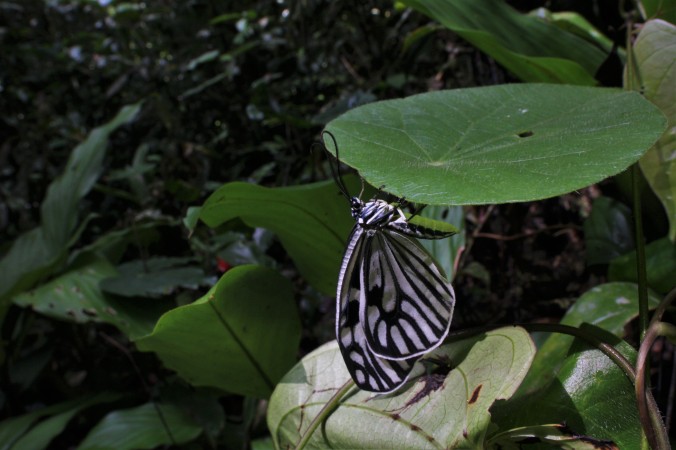 1/20 ISO 400 F25ish. It was mid morning when I noticed this arctiid moth crawl up to this leaf to dry its wings. The moth was on the edge of a light gap and the sky partly cloudy, though a beam of brighter light actually shown on the moth itself. No flash needed here unless I wanted to completely unshadow the moths wings.
1/20 ISO 400 F25ish. It was mid morning when I noticed this arctiid moth crawl up to this leaf to dry its wings. The moth was on the edge of a light gap and the sky partly cloudy, though a beam of brighter light actually shown on the moth itself. No flash needed here unless I wanted to completely unshadow the moths wings.
When I first started out, I didn’t own an external flash, so tried using the popup. The trick to getting decent results is to diffuse the popup flash somehow. I found the simplest solution is to shove the middle of a piece of tracing paper into the gap on the flash when it pops up. Similar designs are on the web elsewhere to give you ideas.
These two shots were taken using a piece of paper shoved into the popup flash.
With this setup, you can get good picture in good conditions, but usually cannot get too close to your subject or you will have lens shadow.
I ended up getting the Laowa twin flash. It is fairly lightweight and offers superb flexibility when it comes to directing the light. The arms do often get in the way in areas with undergrowth, but with some thinking you can get around this. In fact, I found a standard flashgun with a softbox mounted on it much more restrictive, since it ends up being fairly tall.
I haven’t quite figured out diffusion, for now I’ve tried taping pieces of PE foam and tracing paper to the arms and flashes. It looks pretty jenky, and with shiny subjects I do still get hotspots. But it is noticeably better than using them bare bulb.
I find ideally flash is merely to freeze any movement and counteract the shade being cast on the subject by you and your camera rig. So usually, you will be using your flashes at fairly low power. The brighter it is, the stronger of flash you can get away with before you start getting pictures where you can tell flash was used.

Ant and true bug mutualism on bamboo shoot
1/20 ISO400 F29 diffused Laowa twin flash.
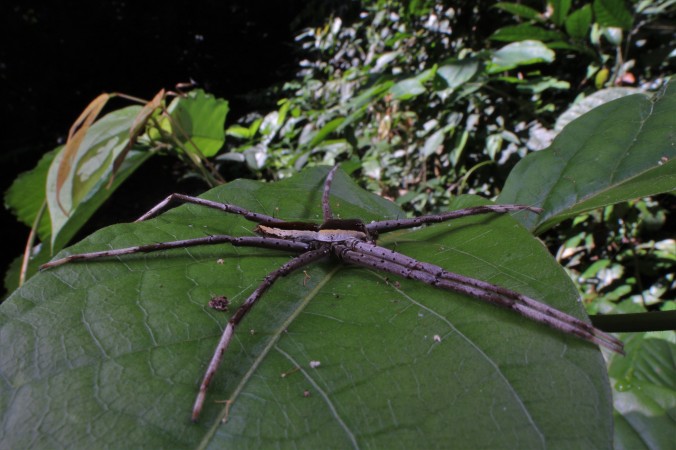
A large riverside light gap provides home to a nurse spider.
1/15 ISO 100 F29.
Flashes were fire strongly in these two pictures to remove strong shadows that the lens would otherwise cast along with the directional light of a clear late morning. This shows the most clarity possible at near 1:1 magnification.(the further away the focus the clearer your background will be at a given f stop).
I think wide angle macro is a great way to tell thoughtful stories of the natural world. I hope this post helps anyone struggling with this lens. I welcome critique and suggestions from readers as well since I am always looking to improve my photos! Happy shooting!




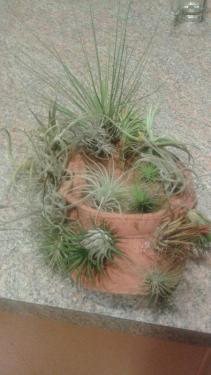
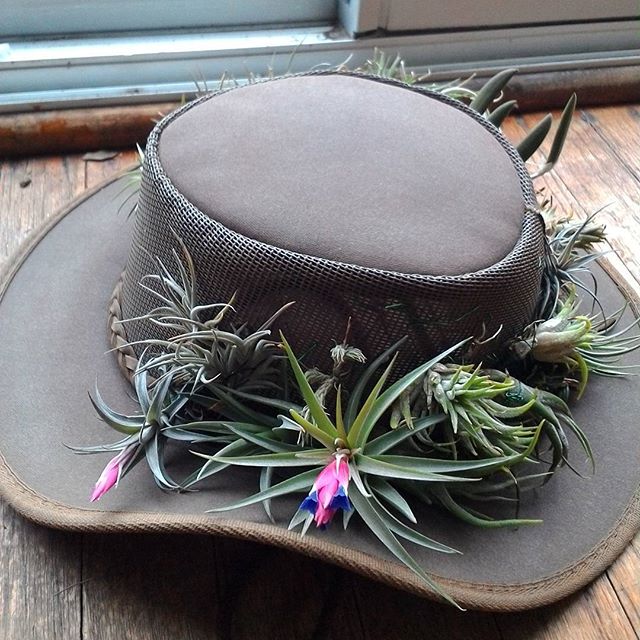
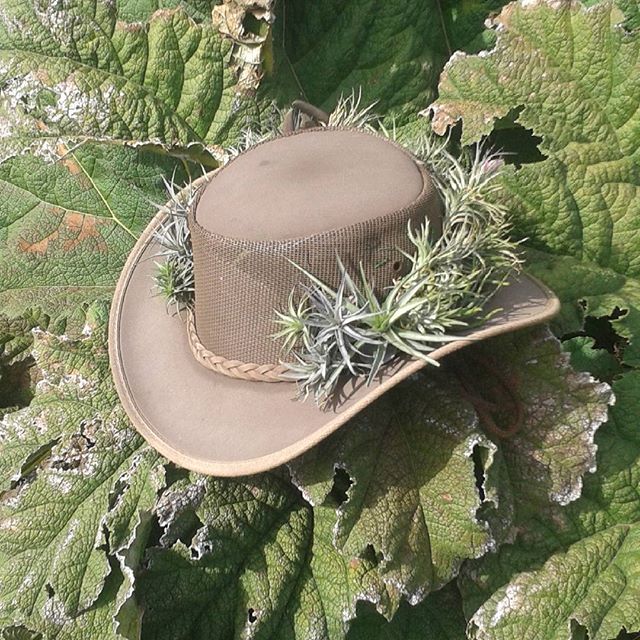


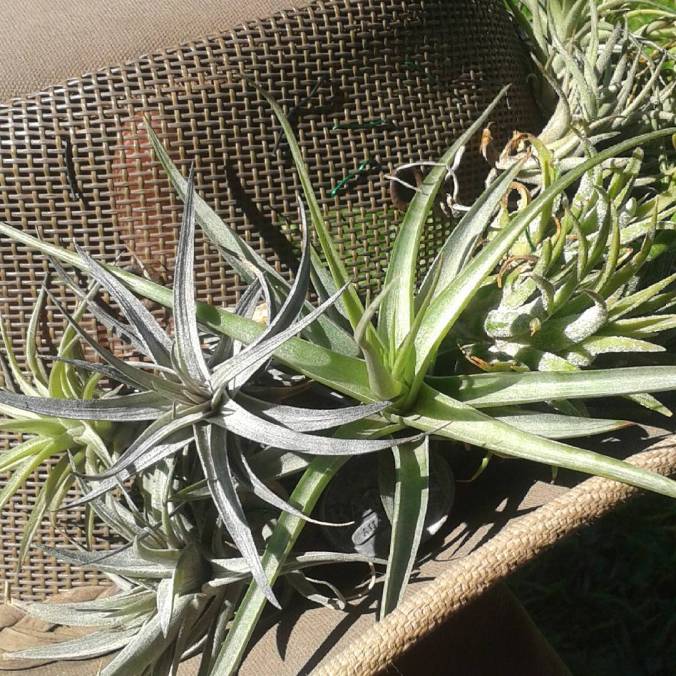
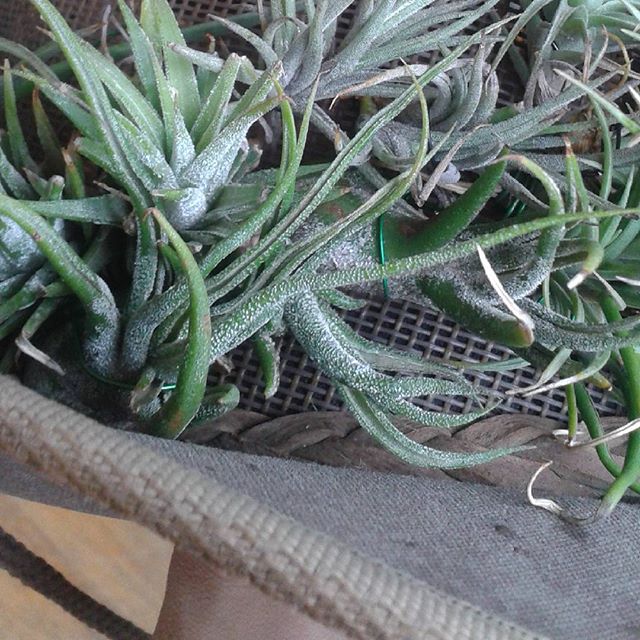
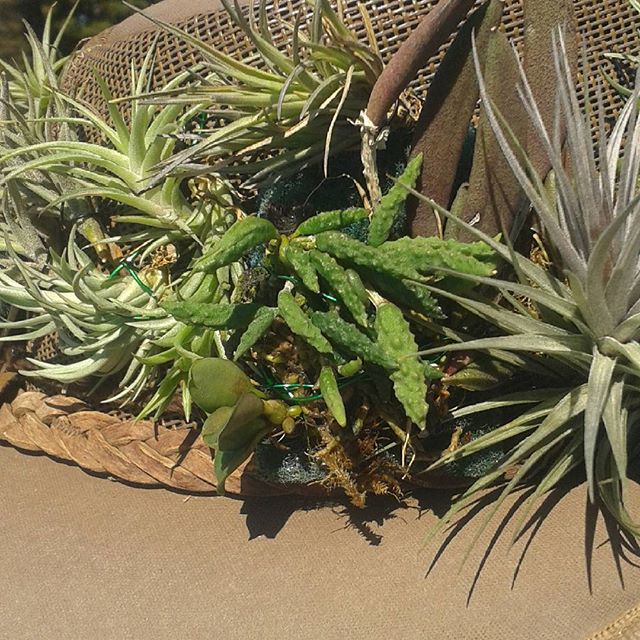
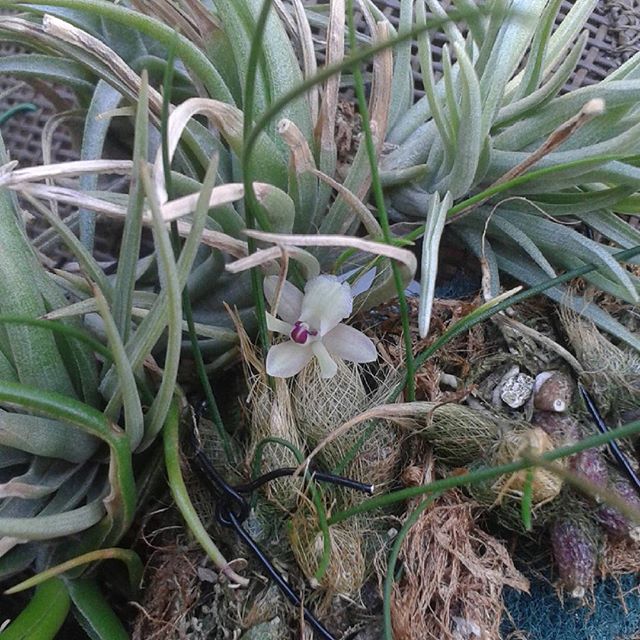
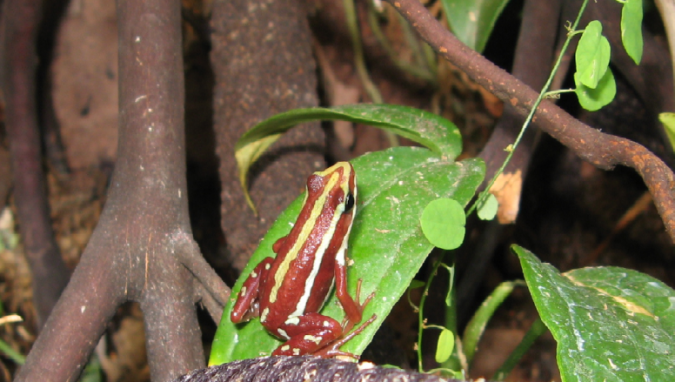
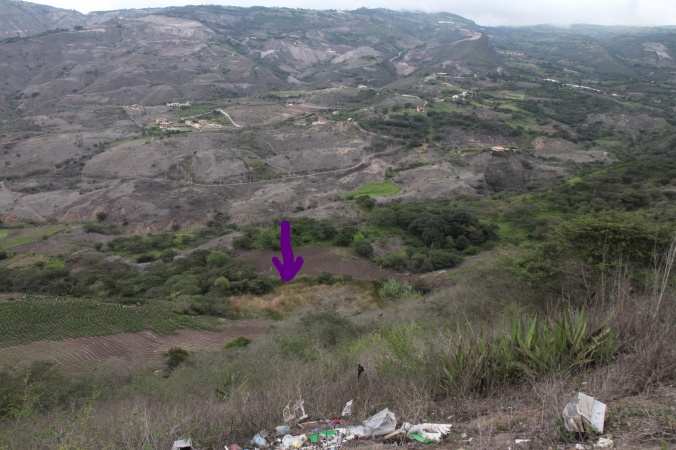
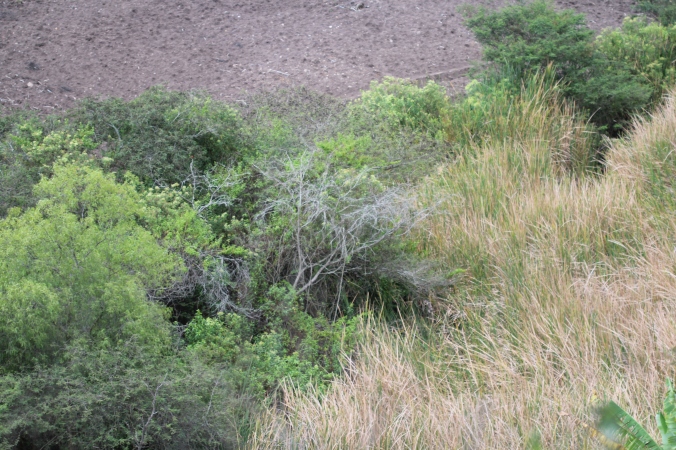
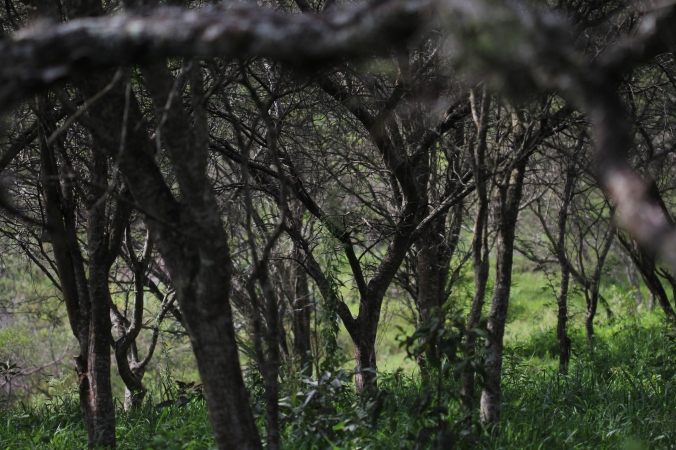
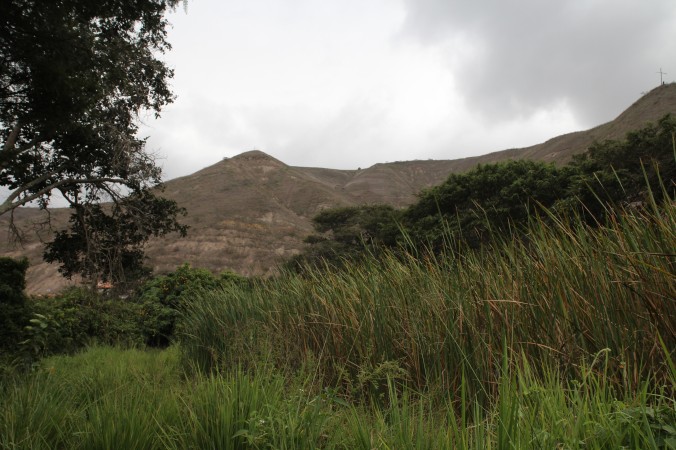
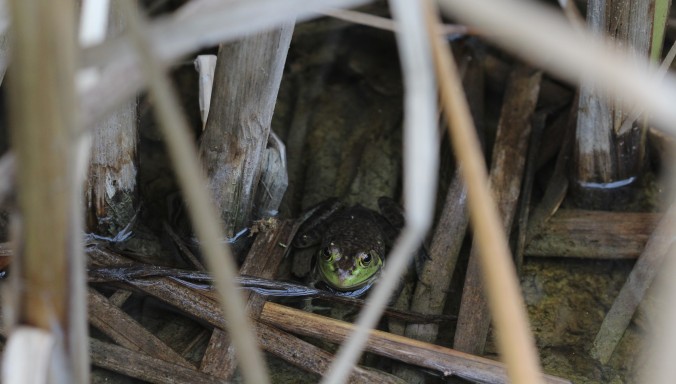 An American bullfrog. I saw quite a few in the same reed bed as the dart frogs. It would have been interesting to have either killed one and looked at the stomach contents or to see if the bullfrog would eat a phantasmal poison frog. While phantasmal poison frogs are toxic-they do gain the toxins from their diet. It is possible these dart frogs in this altered environment lacked chemical defense from these predators. Juvenile phantasmal poison frogs are also not red in color, taking over a year to fully develop this coloration. So it could also be that juveniles are less toxic and could be edible to the bullfrogs.
An American bullfrog. I saw quite a few in the same reed bed as the dart frogs. It would have been interesting to have either killed one and looked at the stomach contents or to see if the bullfrog would eat a phantasmal poison frog. While phantasmal poison frogs are toxic-they do gain the toxins from their diet. It is possible these dart frogs in this altered environment lacked chemical defense from these predators. Juvenile phantasmal poison frogs are also not red in color, taking over a year to fully develop this coloration. So it could also be that juveniles are less toxic and could be edible to the bullfrogs.